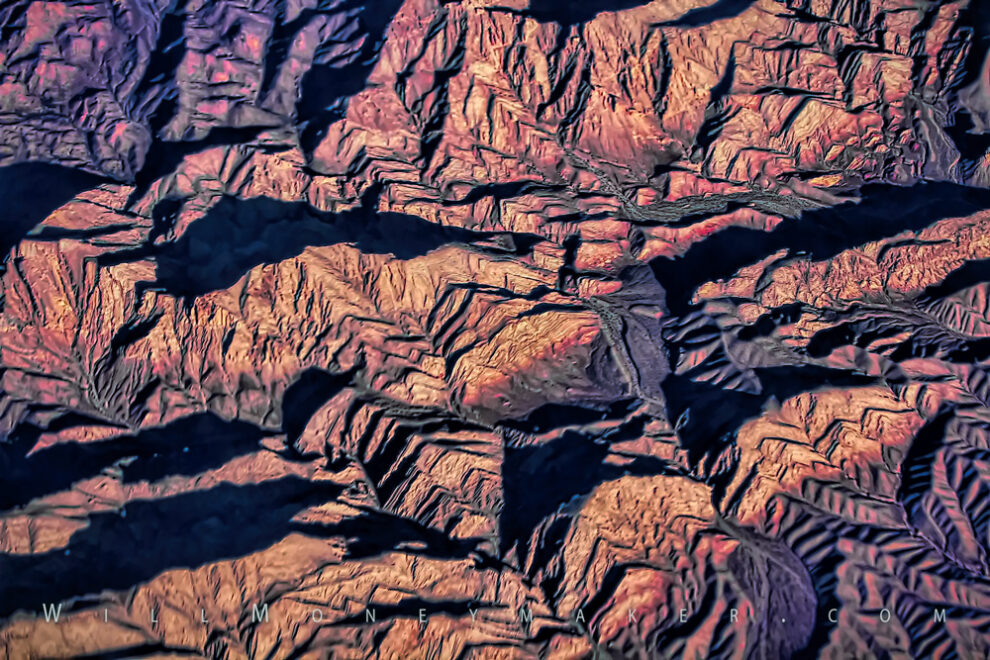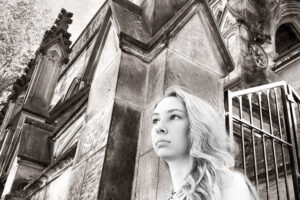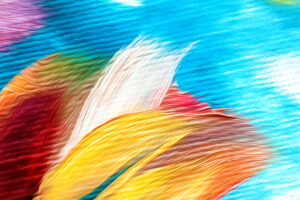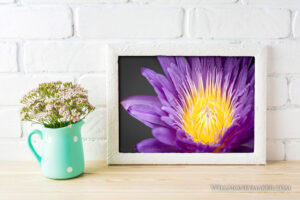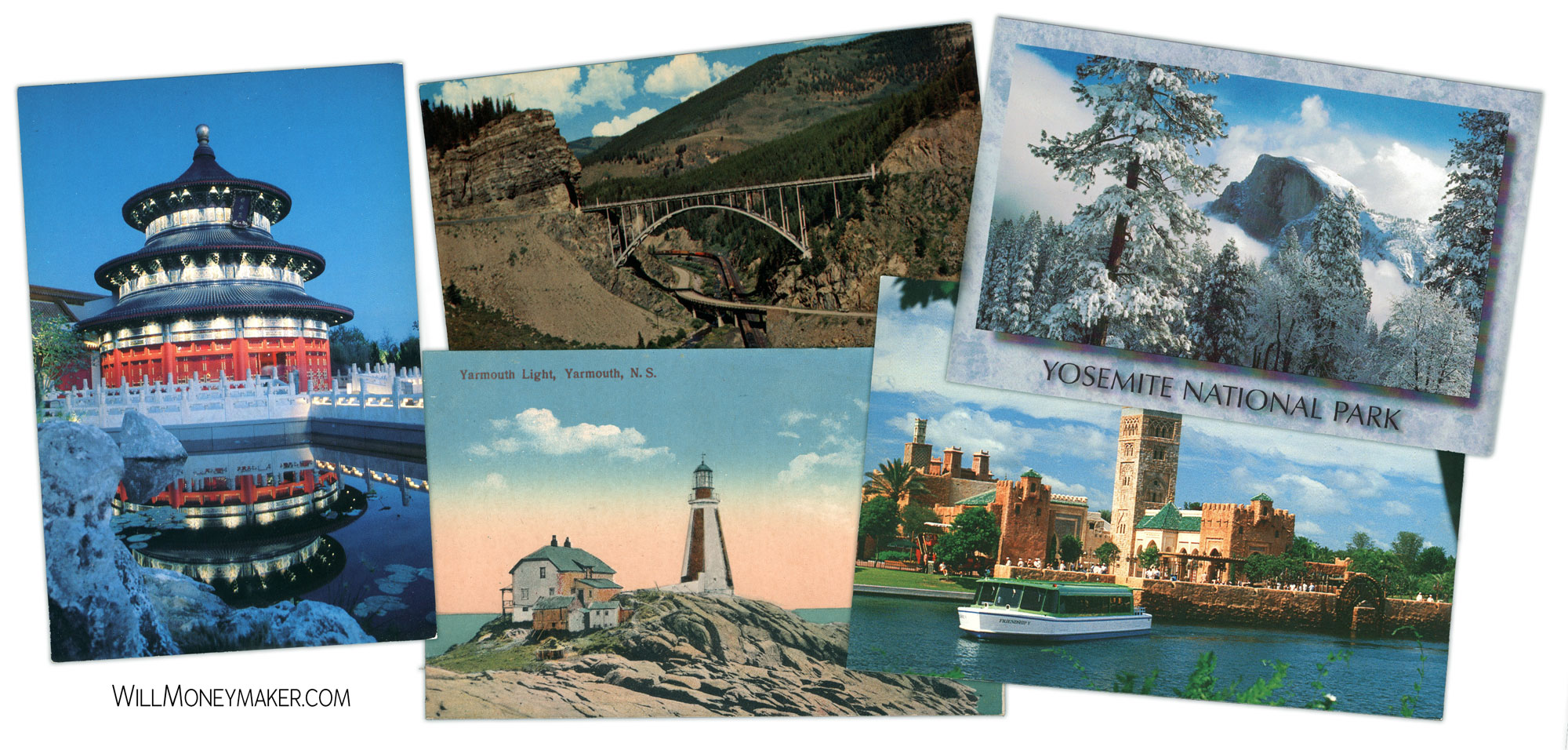The devil is in the details, as they say. Where photography is concerned, textures number among those details. Something that I’ve discovered over the years is that certain textures just don’t photograph all that well. This is something that is particularly prominent in black and white photography, but it can hold true for color photography, too.
For instance, when we’re using a backdrop for a photographic subject—a still life, or a product photo—there are certain backdrop materials that tend not to look all that great. Posterboard is one example that I can think of. Using a black poster board as a backdrop works, but only if you use a narrow depth of field in order to isolate your subject and blur the background, otherwise, it just doesn’t look all that great.
I suspect that certain surfaces require special care when you’re taking pictures of them. Cement and concrete are two more examples that come to mind. Something about the way it shows up in photographs, especially black and white photographs, makes it not quite as attractive as one might initially imagine. Of course, this is true only if you’re close enough to the cement that the texture is in focus—then it doesn’t always render all that well in a finished photograph.
I bring up textures because I think it’s important to pay attention to them. And texture is a very easy detail to overlook, particularly when you stop to consider all the rest of the aspects of your composition. Colors, shapes, tones, the arrangement within the frame, the exposure, and so on—among all the rest of these thoughts, textures can easily be buried.
But pay attention to them because they can distract or detract from a photograph. Stop to consider them along with the rest of your composition—or better yet, take a few test images, then examine them on your camera’s live view to get a feel for how they look within the finished image. If you spot issues? Then it’s time to be creative. Can you use a narrow depth of field to eliminate undesirable textures, or do you need to back away from a concrete wall so that you’re not picking up the finer details? It’s definitely something to analyze!
And, too, keep in mind that just as texture can take away from an image, so too can it add to an image. Rough stone, tree bark, interesting wood grain—these things and more can make for interesting images in and of themselves.
The real question is, how do you know when to add texture, and when to take it away? To my mind, there are a couple of angles at which to look at this. In the interior design world, for example, designers often put together rooms focusing on a mixture of contrasting textures in order to provide visual interest. Soft, fuzzy rugs paired with rough woven wicker furniture, for example. If textures within your image can provide this type of interest and contrast, then you may want to make sure that they’re a prominent part of the photograph.
Another way to pick and choose textures is to pick and choose the senses you want to evoke. Photography is a visual medium, but it is possible to call out to the other senses—and texture is one way to do it. Include the details of rough stone so that people can imagine how it must feel to run their fingers over it, or highlight the glistening surface of a sliced orange to evoke the sense of taste. In this way, texture can be used to create a visual experience that invites people to look past what they see in order to imagine it with other senses. Textures—they can be tricky to manage. But if you approach photography with an eye not only to colors, shapes, and composition but also the textures of the objects making up your composition, you’ll start to see how you can create a complete sensory experience.
Now go . . . and enjoy the beauty of God’s creation through your lens.

